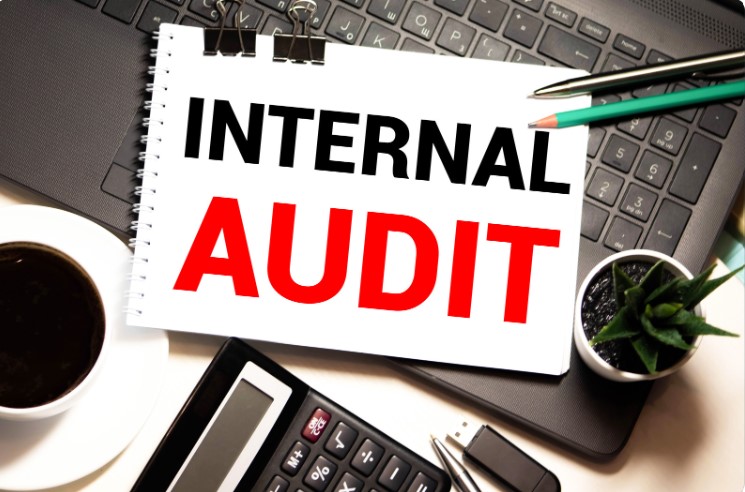
Navigating the landscape of the National Disability Insurance Scheme (NDIS) can be both an empowering and intricate journey. One critical aspect of this journey is completing a mid-term audit within 18 months of registration. This audit isn’t just a procedural step—it’s a vital component of ensuring quality, compliance, and continuous improvement of services. In this blog post, we will discuss why this mid-term audit is necessary and how it benefits providers and participants alike.
Ensuring Compliance and Accountability
Adherence to Standards: The NDIS Quality and Safeguards Commission sets rigorous standards for service providers to ensure the safety and well-being of participants. A mid-term audit within 18 months helps verify that providers comply with these standards consistently.
Regulatory Requirements: Completing the audit within this timeframe is not merely a recommendation; it’s a regulatory requirement. Adhering to this timeline helps providers avoid penalties and ensures they remain in good standing with the Commission.
Enhancing Service Quality
Continuous Improvement: The audit process allows providers to reflect on their practices, identify areas for improvement, and implement necessary changes. This fosters a culture of continuous improvement, ultimately enhancing the quality of services delivered to participants.
Participant Feedback: Mid-term audits often involve gathering feedback from participants. This feedback is invaluable for understanding the participants’ experiences, addressing their concerns, and tailoring services to meet their needs.
Building Trust and Credibility
Transparency: Regular audits promote transparency in operations, which builds trust among participants, their families, and the broader community. When providers demonstrate a commitment to maintaining high standards, it reassures stakeholders of their reliability and integrity.
Reputation: Completing a mid-term audit can bolster a provider’s reputation. It signifies that the provider is diligent, compliant, and dedicated to delivering exceptional services, which can attract new participants and partnerships.
Risk Management
Identifying Issues Early: The mid-term audit acts as an early warning system. It helps identify potential issues or areas of non-compliance before they escalate into more significant problems. Early detection allows for timely intervention and corrective action.
Mitigating Risks: By addressing compliance issues promptly, providers can mitigate risks that could jeopardize their operations or the safety of participants. This proactive approach reduces the likelihood of adverse outcomes and enhances overall stability.
Supporting Organisational Growth
Operational Efficiency: The audit process encourages providers to streamline their operations and ensure that their systems and processes are efficient and effective. This not only supports compliance but also contributes to better resource management and service delivery.
Strategic Planning: Insights gained from the audit can inform strategic planning and decision-making. Providers can leverage audit findings to set goals, develop action plans, and allocate resources more effectively, driving organisational growth and success.
Conclusion
In summary, completing a mid-term audit is a crucial step for service providers. It ensures compliance with regulatory standards, enhances service quality, builds trust and credibility, manages risks, and supports organisational growth. By embracing this audit process, providers demonstrate their commitment to excellence and their dedication to delivering the highest quality of care and support to NDIS participants.
Not completing an internal audit will result in an instant non-conformity and one that is not fixable overnight. This means you will be put into a 90-day review cycle and will be required to pay for another audit at the end of those 90 days. If you haven’t completed your ‘internal audit’ yet, why not speak to one of our audit consultants?
